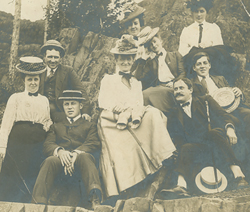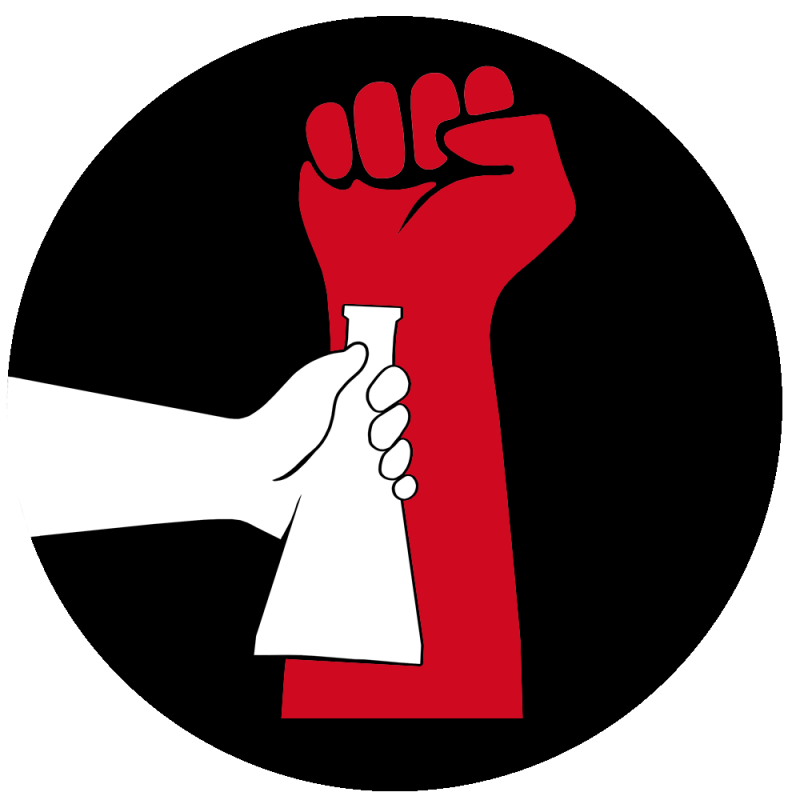Sandwich Quarterly Meeting of Friends (Wilburite) Records
Sandwich Quarterly Meeting was one of four original Quarterly Meetings comprising the New England Yearly Meeting (Wilburite), along with Rhode Island, Dover, and Salem. Formed in the split of 1845, Sandwich oversaw Monthly Meetings in Dartmouth, Nantucket, New Bedford, and Westport. It suffered its own split when the Nantucket Monthly Meeting separated to form an “Otisite” meeting between 1863 and 1911. Sandwich absorbed the Wilburite Salem and Dover Quarterly meetings in 1881, and was eventually merged itself into the combined Rhode Island and Sandwich Quarterly Meeting in 1935. After the reunification of New England Friends in 1944-1945, it became the Narragansett Quarterly Meeting.
The records of the Sandwich Quarterly Meeting (Wilburite) include minutes of the Men’s and Women’s meetings from the start of the meeting in 1845 to its merger into the Rhode Island and Sandwich Quarterly Meeting in 1934, along with two volumes of records of Ministers and Elders. One volume containing minutes of the Men’s Meeting (1845-1863) paired with the records of Ministers and elders (1845-1857) is part of the collections of the Nantucket Historical Association.



